Key Features:
1. 3.5mm Male Jack
- Standard 3.5mm (1/8″) Male Plug: The 3.5mm male jack is the most common size for analog audio connectors. It is used for headphones, earphones, car aux inputs, laptop headphone jacks, and more.
- Compatibility: The 3.5mm male jack is compatible with a wide variety of audio devices, including mobile phones, MP3 players, laptops, car stereos, portable speakers, and more.
2. Durable Construction
- High-Quality Materials: Most 3.5mm male audio cables are made from durable materials like oxygen-free copper (OFC), which reduces signal loss and interference, improving sound clarity.
- Nickel-Plated Connectors: Many cables feature nickel-plated connectors to provide a solid, corrosion-resistant connection that ensures reliable performance and longevity.
3. Flexibility & Length Options
- Varied Cable Lengths: 3.5mm male audio adapter cables come in a range of lengths, typically from 1 foot (30 cm) to 10 feet (3 meters), allowing for flexible use depending on the distance between devices.
- Tangle-Free Designs: Some models come with a flat, braided or tangle-resistant design to reduce cable twists and make it easier to store.
4. Universal Compatibility
- 3.5mm to 3.5mm (Male to Male): This is the most common form of the cable, which is used for connecting two devices, such as a phone to a speaker, or a laptop to a car’s aux input.
- 3.5mm to RCA (Male to Female or Male to Male): These adapters allow you to connect devices with 3.5mm jacks to RCA input/output ports commonly found in home audio systems or TVs.
- 3.5mm to 1/4″ (Male to Male): Often used by musicians or audio engineers, this adapter connects 3.5mm devices (e.g., smartphones or MP3 players) to larger 1/4″ headphone jacks, such as those on mixing boards or professional audio equipment.
5. Gold-Plated Connectors (Optional)
- Some 3.5mm audio adapters are equipped with gold-plated connectors to ensure better conductivity and reduce signal loss. Gold is an excellent conductor and resists corrosion over time, making these cables ideal for high-performance audio equipment.
6. Noise Reduction and Signal Clarity
- Many 3.5mm male audio cables incorporate shielding to prevent electromagnetic interference (EMI) and radio frequency interference (RFI), ensuring that the signal remains clean and free from noise.
- Twisted-pair wiring or additional shielding layers in higher-quality cables help reduce unwanted distortion, ensuring a cleaner sound output.
7. Compact and Portable
- The 3.5mm male audio adapter cable is lightweight, compact, and easy to carry, making it perfect for on-the-go use. It’s a great accessory for travel, whether you’re connecting your phone to a car stereo, using headphones with a portable speaker, or linking multiple devices in an audio setup.
8. Wide Application Range
- Personal Audio: Connect headphones or earphones to devices like smartphones, tablets, or laptops for personal listening.
- Car Audio: Use the cable to connect a phone or MP3 player to your car’s aux input for music playback.
- Home Audio: Connect devices such as PCs, laptops, or music players to speakers or amplifiers with 3.5mm inputs.
- Pro Audio Equipment: Audio professionals often use 3.5mm adapters to link mixer boards, recording equipment, or audio interfaces with portable devices.


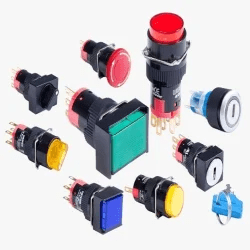

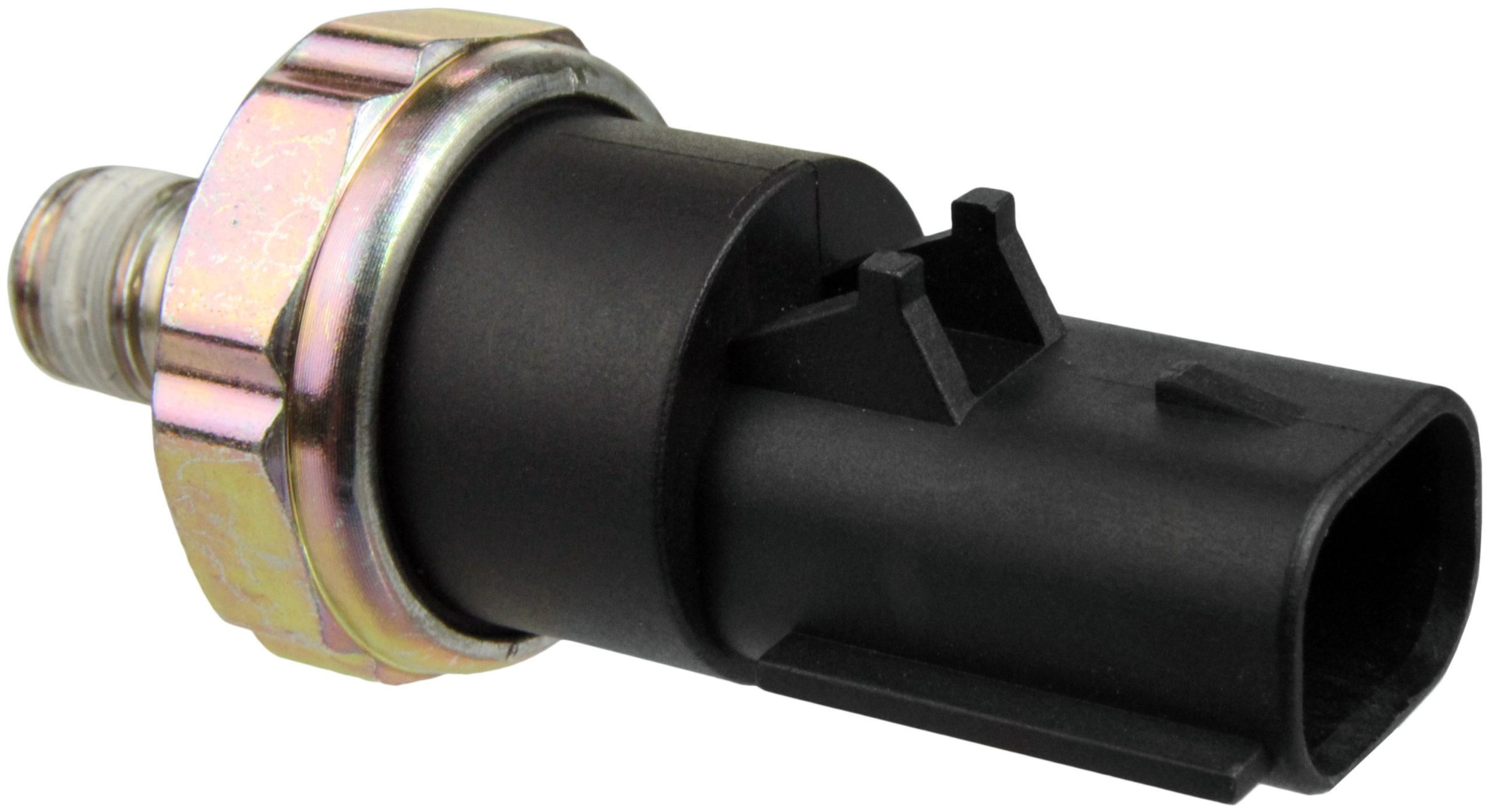
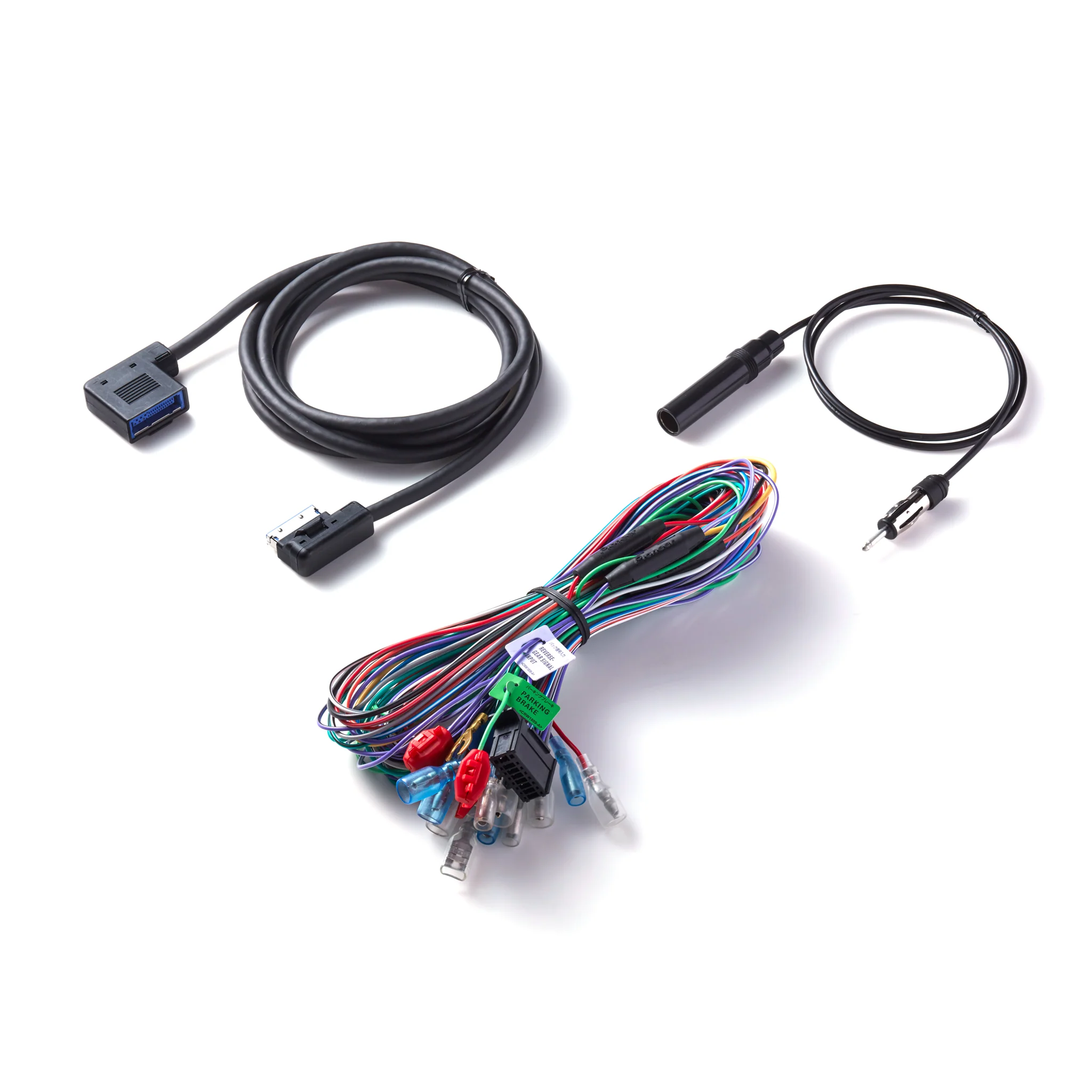
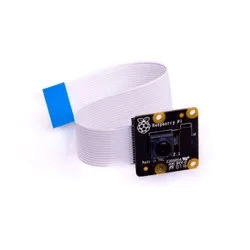
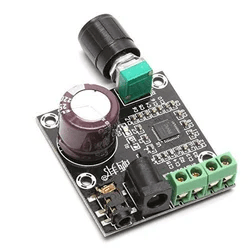

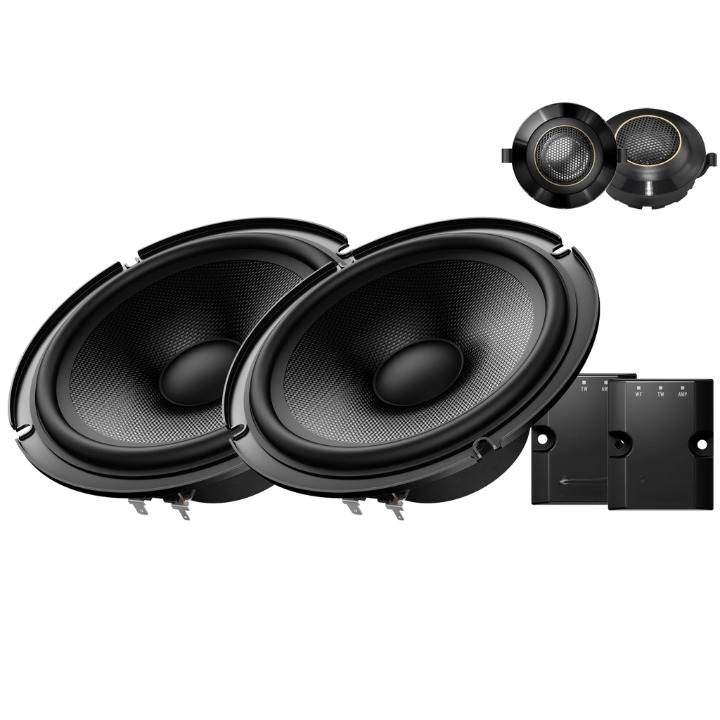
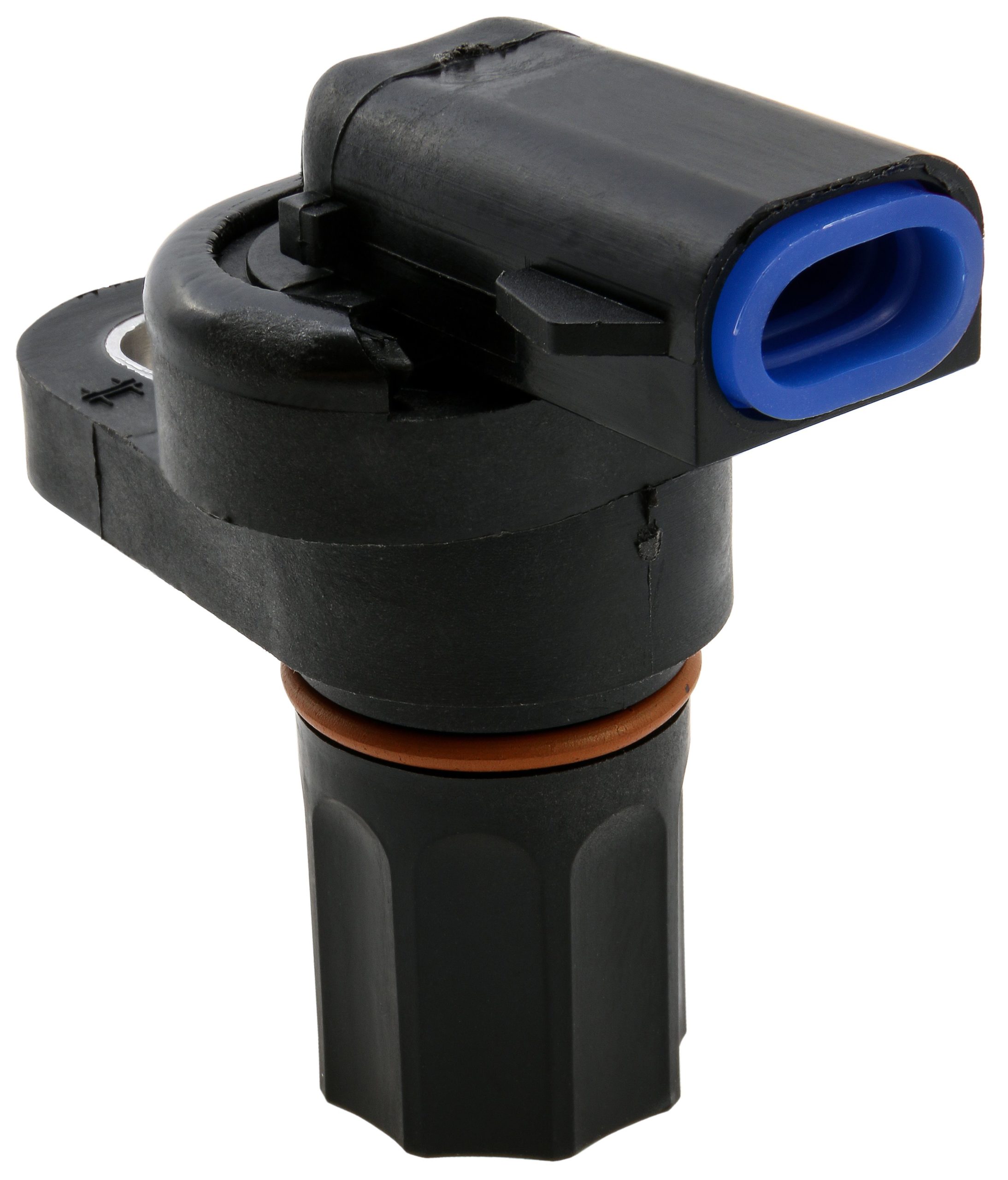
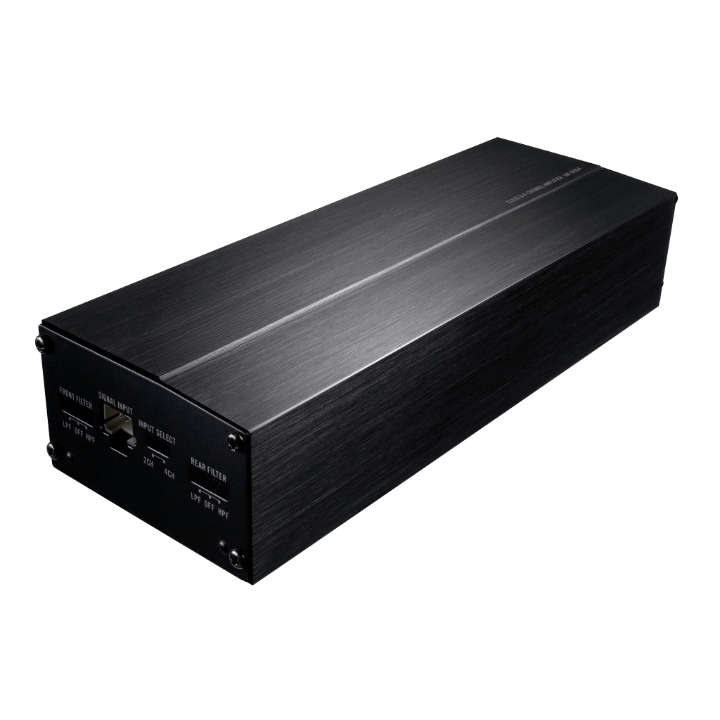

There are no reviews yet.